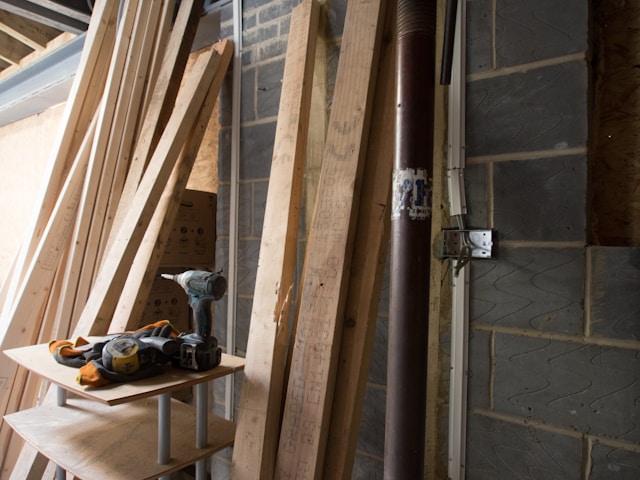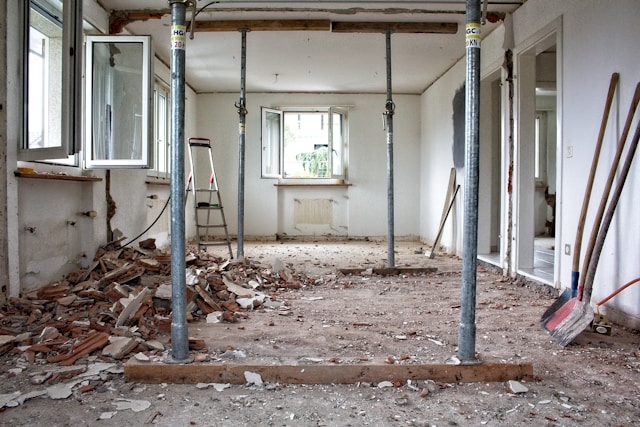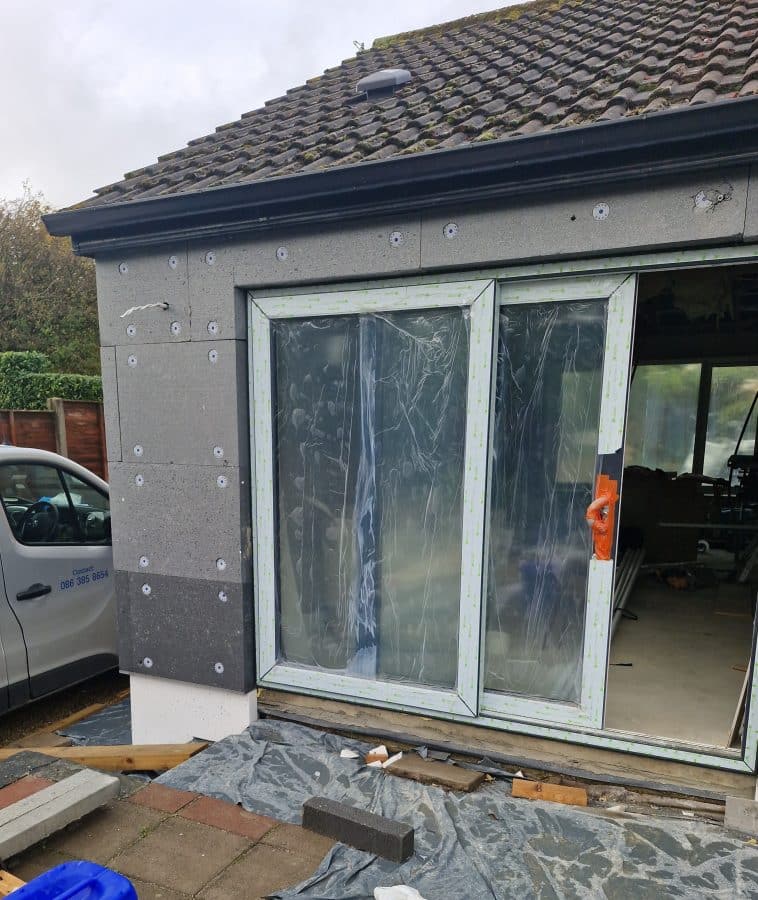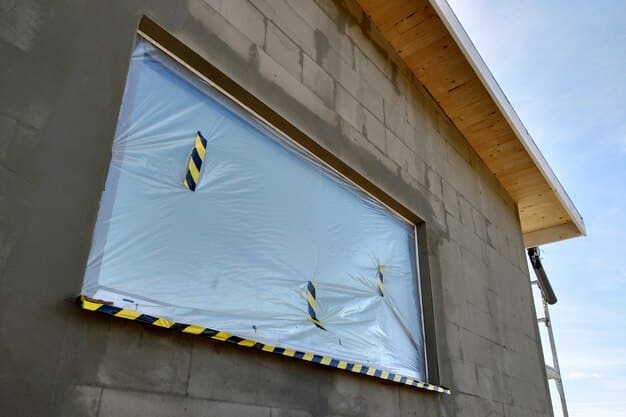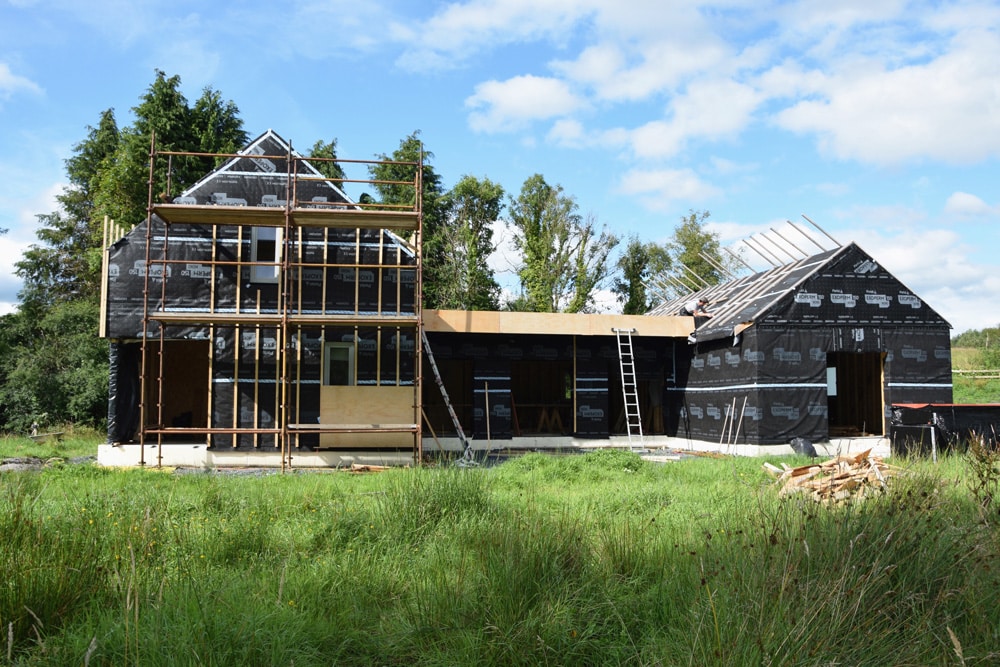Litigation: The possible scenarios
**This Q&A appeared in the Winter 2014 edition of Selfbuild magazine.
Would you advise all parties to take out additional insurance? The Department of the Environment has mentioned latent defects insurance as an additional means of protection.
The insurance that design certifiers or assigned certifiers will take out will be the normal professional indemnity insurance. I do not expect that they are likely to need to take extra cover as a result of these regulations but this may change if the regulations result in adverse claims experience.
Builders, subcontractors and specialist suppliers will (or at least should) have professional indemnity insurance for the design elements in their module of a project. Owners will take out their regular building insurance cover but I expect nothing more.
I am not aware of any insurance that is available to cover bad workmanship and while there is cover available for large contracts against building defects (e.g. latent defects insurance), it is expensive and adds another layer of bureaucracy and monitoring to every project. I have never known it to be availed of in respect of a house.
Up to now, how have disputes been worked out? Who ends up paying if something goes wrong on a building site?
In one-off housing there’s not as much litigation and in both commercial and self-build scenarios, lawyers encourage the parties to take the path of alternative dispute resolution (ADR), the first step being mediation. Bringing a case to Court is slow and in building contract disputes it is very expensive, partly due to the need for expert witnesses and partly because a number of parties tend to be sued.
Building contracts disputes are, generally speaking, a messy business. This is in large part because there is no easy way to prove who or what is at fault when dealing with building problems. One feature of building contract disputes is the difficulty in establishing who was the most responsible for any mishap. Invariably there is more than one defendant and a review of history tells us that very few admit their responsibility.
I remember a case where a builder and an engineer had an argument over whether a particular boundary wall was stable or not. The engineer said it was not, the builder said it was. The argument was ended when the wall fell down. Problems with buildings are rarely that straightforward!
Most examples come from commercial buildings where a design team is assigned to a project. This may include an architect, structural engineer, M&E engineer, fire engineer, quantity surveyor and others. When you are part of a team and something goes wrong, usually nearly everyone is sued. The role of the quantity surveyors rarely contributes to a building defect so it is usually the architect, engineers or builder who take the hit.
Even if they are held to be only 1% responsible, a member of a team like this is liable to the property owner for the entire damages where a claim is successful. As between members of a team each has a right to recover from the others in proportion to their liability but this is worth nothing if they are insolvent. In practice, what this means is that the last man standing is the one whose insurance (if any) will be made to pay for the defects. This is why solicitors feel obliged to sue all members of the team involved in a project because if you decide that it looks clear that the engineer is the one responsible and he is absolved of liability by a Court you may be too late to sue anyone else and then the solicitor will be sued himself.
How do you expect claims to be made under the new regulations?
If there is a major problem, the person that is most likely to be sued is the assigned certifier. On the other hand as mentioned, solicitors will almost certainly advise that action be taken against all members of a team that could possibly be liable for a problem.
When CIRI becomes mandatory, who will be liable for faulty works undertaken by a self-builder?
Before and after the most likely person to be held to account is the assigned certifier because his work is the most onerous part of the project. The assigned certifier is the one in the lion’s den.
**This Q&A appeared in the Winter 2014 edition of Selfbuild magazine.







